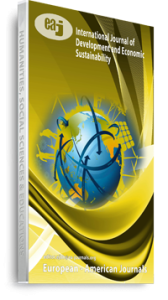The main purpose of this study was to investigate the relationship between Kenya Power Last Mile Connectivity Program and rural household livelihoods in Kapseret Constituency, Uasin Gishu County, Kenya. The study was based on Theory of Change. Correlation Research Design was used to examine the study questions. The study targeted 272 respondents who were the connected customers of the Kenya Power Last Mile Connectivity Program in Kapseret Constituency, Uasin Gishu County. A sample size of 161 respondents was selected for the study using simple random sampling. A self-administered questionnaire was used in this study to collect data from each respondent. Content validation method was also used in the research to measure the validity of the instrument. Data collected were analyzed by using both descriptive and inferential statistical methods. The finding revealed that patterns in the distribution of electricity (β1= 0.546, p<0.05), and electricity usage (β2 = 0.283, p<0.05) had a positive and significant effect on rural household livelihoods. Therefore, there is need for Kenya power to raise awareness on the modalities to be made to access electricity in the rural areas. Also, the electricity connection needs to be designed in such a way that it can easily be adapted to both domestic and commercial uses in order to improve rural household livelihoods.
Keywords: Distribution, Household, Last Mile Connectivity Program, Livelihood, electricity usage

